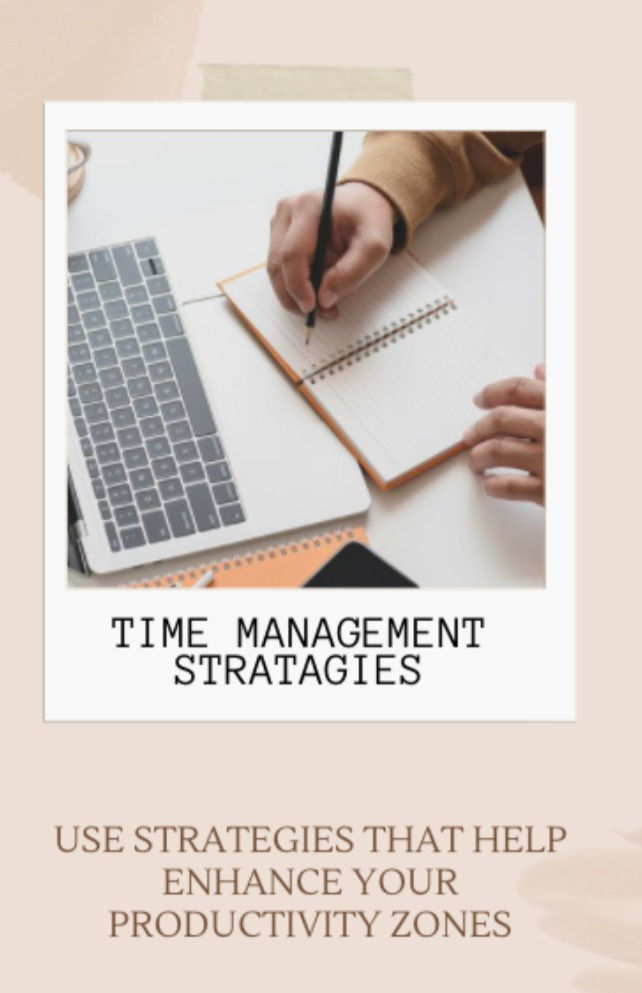The Science Behind Productivity
- Aditi Razdan

- Oct 8, 2021
- 5 min read
When we search up "productivity", we get around 679 million search results, each with the same old ideas: Limit distractions, go to bed on time, blah blah blah. Many of us read them and then say, "yeah I should probably do that." But that's it. There's no motivation, they don't tell us the why or the how. How is just the what going to help us?
What is Productivity?
Before we can just say how something works, we should understand it! So what really is productivity? Wikipedia defines it as "the efficiency of production of goods or services expressed by some measure. Measurements of productivity are often expressed as a ratio of an aggregate output to a single input or an aggregate input used in a production process..." Or simply just the amount you are working in the ratio of how much of an input there is to the output volume. In simple terms, we can say that a good ratio of productivity is when you put in the work and get a good result from it. Now that we know this, let's figure out how to actually be productive using science.
Set Goals
In science, we learn about using data to help us make inferences. Hence, let's take a look at some of the most successful, living billionaires on our planet.

Mark Zuckerberg
Many of us know Zuckerberg as the wealthy owner of Facebook, Instagram, Messenger and Whatsapp. He, himself, says that outside of his main job, with Facebook, he likes to set goals that keep him productive. He feels that being productive is about setting these goals and being real with yourself when trying to accomplish them. Some of his yearly challenges include learning how to speak Mandarin, and meeting a new person out of work daily.
Jeff Bezos
Jeff Bezos, the richest human alive, also believes in setting these ambitious goals. His goals are more work-oriented that put his customer's needs and serving those needs backwards.
He says, "We learn whatever skills we need to service the customer. We build whatever technology we need to service the customer." This shows he's ready and determined to find out these new skills as a goal for his large company, Amazon.
A few people that find that being ambitious and setting these goals are:
Elon Musk - The CEO of Spacex & Tesla
Bill Gates - Previous Owner of Microsoft
Tony Tan Caktiong - founding father of Jollibee (Foods Corporation)
Make it a Rhythmic Habit for your Body
Jennifer Ackerman, a bestselling author, states that our circadian rhythm/biological clock releases those hormones used to keep us productive. Our circadian rhythm is what keeps our body on an automatic function to carry out the basic daily tasks we go through.

Scientific studies show that our brains become more alert and function properly 2.5 - 4 hours after we wake up. That's the optimal time to do work. This is because our brains have the most of these hormones at this specific time. Which is why it is best to take advantage of this "peak" hour to finish up big projects or assignments.
But, figuring out your own times you feel the most productive and taking advantage can be helpful. Everyone has a different time they feel the most competent to finish a lot of work, some cases show during the night as well. It depends on one's prior habits.
Strategic Time Management
To be productive, we need to know how and when to take breaks. Taking a break once every 4 hours isn't always healthy, and neither is taking one every 4 minutes. Balancing with our personal needs and due dates is important. Here are simple management styles.

Pomodoro
The Pomodoro technique is quite popular among the other techniques available. It is made up of a simple time block pattern.
The Pomodoro technique says the person will do their task for 25 minutes and once they finish 25 minutes with a timer, they take only 5 minutes of a break. And after 4 cycles of this, they get a 15-30 minute break.
This technique enhances that short feeling of working so it isn't hard to finish up an assignment. It helps reduce burnout and stress, promotes a balance, and motivates you to study for "just" 25 minutes to get your reward. It disciplines your mind to just push yourself and focus. This can also help you input better quality work. During the 5 minute break, it supplies your healthy options. For example, with 5 minutes you can:
Do a 5-minute stretch routine/exercises.
Take a short walk outside, and get some fresh air.
Meditate
Make yourself a snack (Mixed nut, frozen fruit, carrots and hummus, sliced apples and a healthy apple dip)
Quiet Time (A 5 minute time to just relax by listening to music, reading, color)
Make sure to check out Reacting to Sleep Memes as it includes a detailed list.
And for the food section, it is good to check out Food 4 U because it has some easy and healthy recipes!
However, many people find that this technique is unreasonable because some assignments need 5 minutes to finish and others need more than an hour. So, it is best to pick a different technique that makes more sense for your tasks.
Get it Done
The GD method is done by breaking a big assignment into smaller tasks. For example, if you had a 3 page essay due in 3 days. You would break it down to possibly "Research+Take Notes", "Write 1 Page", "Write 4 Paragraphs", "Revise+Edit 2 Pages", "Revise+Edit Last Page" And go through each one, a short break after you finish one task. Then, do this over the next 2 days so the last day is on a new task.
This promotes better time management, less burnout, reduces feeling overwhelmed by an upcoming assignment/task, and promotes organization.
Eisenhower Matrix
Think of you work in 4 quadrants in a 2x2 figure:

So this way you get the tasks you need prioritized, done. This way your work is organized and everything you absolutely need to do at that moment is done on time. And excess work is eliminated to make way for the more important and urgent tasks. This way you get everything over with. If you have multiple per quadrant, go to quadrant 1 and see which one takes the least amount of time, that way more is done in one go and you have that productive streak.
Let's analyze the data through a table, like we do in science:
| Pros | Cons |
Pomodoro | - Better Quality Work - Less Stress - More Focus | - It doesn't work for every assignment/day/person - Consistent Interruption |
Get it Done | - Less Burnout - Easy to reschedule if necessary with smaller tasks | - Takes time to set up plan - Overly Flexible for you |
Eisenhower Matrix | - Organization - Quick Planning - Better Overview of Work - Changes can be made easily - Simple to understand and follow through | - Oversimplified - Too much structuring |
Therefore, when choosing a management strategy, pick something that is suitable for the kinds of work you need to do.
Conclusion
With all of this data, let us evaluate and make our final verdict. To be productive, we should set ambitious goals, create good habits that we follow on a regular basis, and use specific time management strategies to plan our day. But remember not to put too much stress on yourself to be productive. Being productive can be taking care of yourself and inputting that kindness to receive an output in which you are balanced with your work and home-life. But remember, "The way to get started is to quit talking and begin doing," as said by Walt Disney himself. So get out there and be productive!



I’ll teach 10 interested people on how to earn $30k or more within 1day from the crypto market,…👨💻Note only interested people should contact me (HOW) let get started
👇👇
https://t.me/Rolanddav
👇
WhatsApp +1 (801) 317‑9588